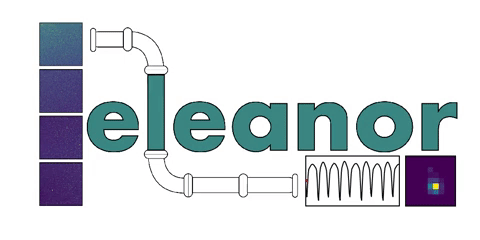
Benjamin Montet
Hi there! I'm the Scientia Senior Lecturer in the School of Physics at the University of New South Wales, where I lead the NEarby Worlds and Their Stars (NEWTS) group. Our research group is focused on finding and understanding new planets orbiting stars other than the Sun, and developing new methods to better understand how stellar activity changes across stellar lifetimes. To do these, I use data from the NASA Kepler and TESS missions, as well as from ground-based facilities in Australia and abroad.
I'm always happy to discuss potential projects with students at all levels from undergraduate to Ph.D. If you're a current or prospective UNSW student, feel free to reach out to me to discuss potential projects or research directions. My email is b.montet [at] unsw.edu.au.
Learn more about my research

